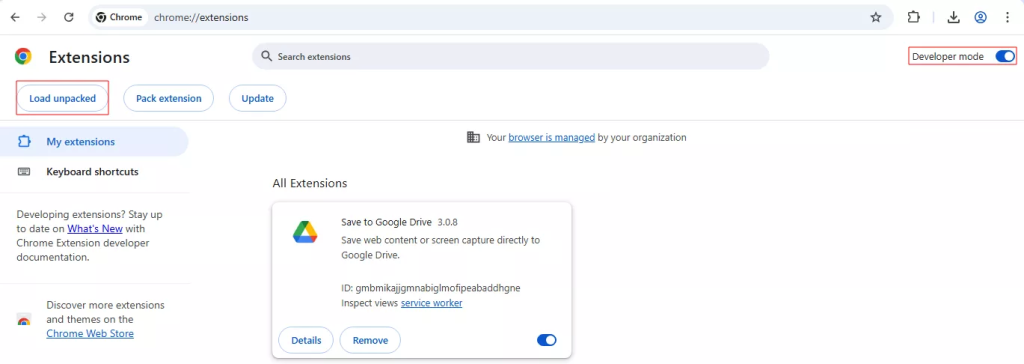A newly published study reveals a novel technique enabling attackers to silently install malicious extensions on Chromium-based browsers within Windows domain environments.
By manipulating how Chrome and its derivatives store extension metadata and enforce integrity checks, threat actors can inject arbitrary code into users’ browsers without triggering security warnings.
This approach, validated against Chromium version 130 through the latest release, relies solely on a simple disk write, bypassing developer-mode flags and Group Policy safeguards to achieve persistent, undetected access.
Understanding the Extension Mechanism
Chromium extensions are distributed as .crx packages containing a manifest file, background and content scripts, and optional HTML assets for popups or configuration pages.
Upon installation, browsers register each extension in a JSON-formatted preference file located under the user’s AppData directory.
Domain-joined machines utilize the standard Preferences file, while non-joined systems rely on Secure Preferences.
Both files track installed extensions and protect them using keyed message authentication codes (MACs).
Each extension entry is indexed by a unique identifier derived from the public key embedded in its manifest or the install path.
Chromium computes an HMAC over the extension’s metadata using a seed stored in resources.pak. This design is intended to enforce integrity and prevent tampering.
However, researchers discovered that, once the seed and identifier can be precomputed, it becomes possible to generate valid MACs and directly overwrite the JSON entries, effectively loading an arbitrary extension at browser startup without setting the --load-extension flag or using the Chrome Web Store.
Attack Workflow and Policy Bypass
The attack proceeds in three stages. First, the adversary embeds the target extension’s public key into a crafted manifest to reproduce its unique ID.
Next, they extract the HMAC seed resources.pak to calculate valid MACs for both the extension entry and the developer-mode toggle.
Finally, they perform a direct disk write to the preference file, injecting the malicious extension entry.
This operation circumvents Chrome’s developer-mode restrictions, enabling the payload to execute as soon as the browser launches.

Domain policies can also be sidestepped. By spoofing the identifier of an allowlisted extension, attackers can slip past Group Policy allowlists.
If an unpacked extension shares the same ID as a store-installed one, Chromium prioritizes the local version, a technique dubbed “extension stomping.”
Moreover, any process running with elevated privileges can delete or modify registry-stored Chrome policies under HKCU\Software\Policies\Google\Chrome, neutralizing administrative controls.
Mitigation and Defensive Strategies
For red teams, this technique offers a dependable persistence mechanism, allowing native JavaScript execution within the browser process and integration with existing implants or SMB-based deployment pipelines.
To defend against such threats, security teams should implement real-time monitoring of preference file modifications and alert on unexpected developer-mode state changes.
Auditing registry keys under the user hive for unauthorized alterations is equally critical.
Longer-term defenses may require moving critical integrity checks into protected system components or adopting OS-level encryption for preference storage.
As Chromium evolves into a comprehensive application platform, safeguarding internal secrets and ensuring that HMAC seeds remain inaccessible to low-privileged processes will be paramount.
Ensuring these enhancements will help prevent silent extension implants and preserve the security guarantees browsers are expected to provide.
Find this Story Interesting! Follow us on Google News, LinkedIn, and X to Get More Instant Updates